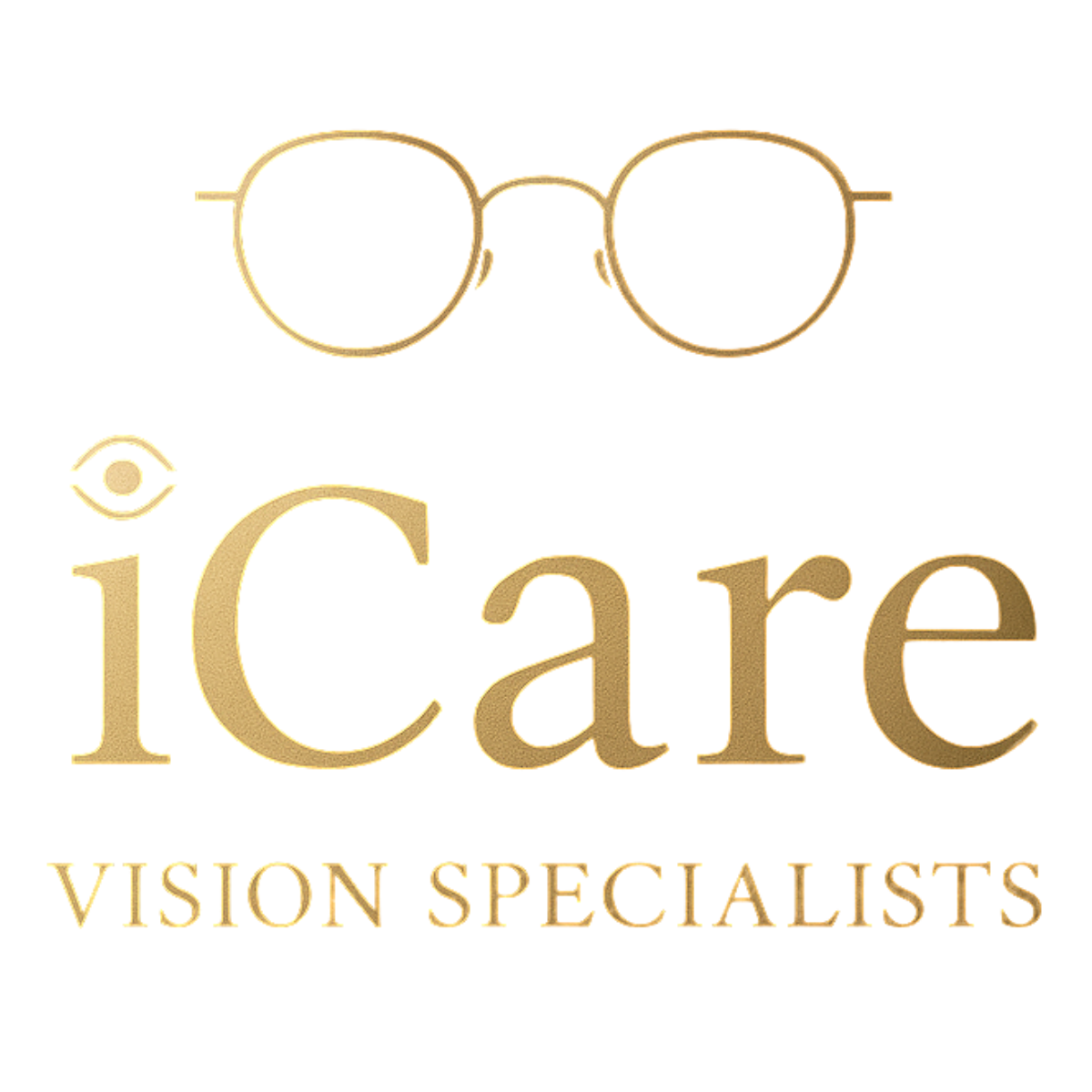Adult Eye Exams
Regular eye examinations are essential for protecting your vision and overall health. They not only check for changes in your eyesight but can also detect a wide range of eye health conditions and even highlight some general health issues.
We recommend that most adults have their eyes tested every two years, and children every year. If you’re [eligible] (link) for a free NHS eye test, the NHS will cover the cost, so you won’t be charged. In some cases, your optometrist may advise more frequent tests.
If you notice any changes in your vision or have concerns before your next scheduled test, simply book an appointment and we’ll be happy to take a look.
At Icare, we pride ourselves on delivering thorough, professional, and high-quality eye examinations tailored to your individual needs. Each test includes a series of checks to assess both your eyesight and the overall health of your eyes, helping us detect and manage conditions early.
Why Eye Exams Matter
Some eye conditions can be serious or even life-threatening, which is why regular eye examinations are such an important part of maintaining your health.
Once your sight test is completed, your optician will explain the results clearly, discuss the health of your eyes, and provide a personalised recommendation for any prescriptions or treatments needed.
Eye Conditions Explained
Myopia (Nearsightedness)
A common vision condition where near objects appear clear, but objects farther away look blurry.
Hypermetropia (Long-sightedness)
A condition where it’s difficult to see things up close, but distant objects remain clear.
Astigmatism
Astigmatism means your eye is shaped more like a rugby ball than a football, so light is focused at more than one place in the eye. This can cause blurred vision, headaches, or eye strain (often noticed after concentrating for long periods, e.g. on a computer).
Presbyopia
Presbyopia is the gradual loss of the eye’s ability to focus on nearby objects. It’s a natural part of ageing, usually noticeable from the early to mid-40s, and continues to progress until around age 65.
Dry Eyes
Dry eye disease occurs when your tears don’t provide adequate lubrication. This may happen if you don’t produce enough tears, or if your tears are poor quality. It can cause stinging, burning sensations, and discomfort—especially in air-conditioned environments or after using digital devices for long periods.
Cataracts
A cataract is a clouding of the normally clear lens of the eye. This blocks light from properly reaching the retina, leading to cloudy or blurred vision. Cataracts develop gradually, and if they worsen, a straightforward operation can be performed to remove them.
Age-related Macular Degeneration (AMD)
A common condition that affects the middle part of vision, usually developing in people in their 50s and 60s. It does not cause total blindness but can make tasks such as reading or recognising faces more difficult as it progresses.
Diabetes (Diabetic Retinopathy)
If uncontrolled, diabetes can cause damage to the small blood vessels in the retina. These may swell, leak, or bleed, which can reduce vision. Regular eye examinations are vital for detecting and managing diabetic eye complications.
Glaucoma
Glaucoma is a common eye condition where the optic nerve, which connects the eye to the brain, becomes damaged. It’s usually caused by a build-up of fluid in the eye, increasing pressure inside. If left untreated, glaucoma can lead to permanent vision loss.
Book an appointment
PLEASE NOTE:
All online appointment requests are provisional. A member of staff will contact you directly by phone or email to confirm the date and time. Please do not attend until you have received confirmation.
